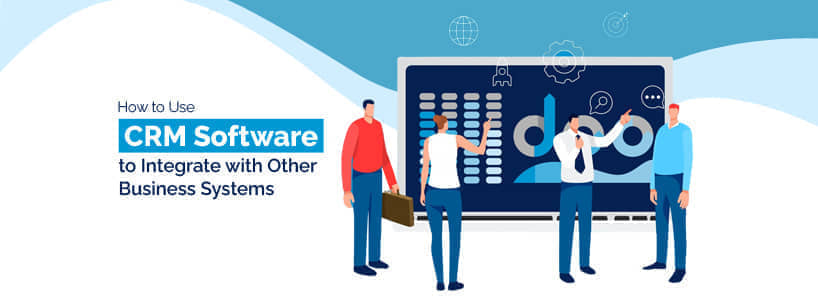CRM software, once a standalone tool, has evolved into a central hub for managing customer relationships. Its true potential, however, is unlocked when integrated with other business systems. This integration creates a seamless workflow, eliminates data redundancy, and offers a comprehensive view of your customers.
Understanding the Benefits of Integration
Before diving into the how-to, it's essential to grasp the benefits of CRM integration:
- Enhanced Data Accuracy: By syncing data across systems, you reduce the risk of errors and inconsistencies.
- Improved Efficiency: Automated data transfer saves time and resources, allowing your team to focus on core tasks.
- Better Decision Making: A unified view of customer data empowers informed decisions across departments.
- Stronger Customer Relationships: A holistic understanding of your customers leads to improved satisfaction.
Key Systems to Integrate with Your CRM
While the specific systems you integrate will depend on your business, some common integrations include:
- Email Marketing Platforms: Sync contacts, track email performance, and nurture leads.
- E-commerce Platforms: Integrate sales data, customer information, and order history.
- Accounting Software: Automate invoicing, payment processing, and revenue tracking.
- Marketing Automation Platforms: Align marketing and sales efforts for better lead management.
- Customer Support Systems: Provide a unified view of customer interactions.
Steps to Successful CRM Integration
- Identify Integration Needs: Assess your business processes and determine which systems would benefit from integration.
- Choose the Right Integration Method: Consider options like API integration, middleware, or cloud-based integration platforms.
- Data Mapping: Establish how data will be transferred between systems to ensure consistency.
- Test Thoroughly: Conduct rigorous testing to identify and resolve any issues before full deployment.
- Train Your Team: Provide comprehensive training to ensure users can effectively utilize the integrated systems.
Overcoming Integration Challenges
Integration can be complex. Common challenges include data quality issues, system compatibility, and security concerns. To overcome these hurdles, consider:
- Data Cleansing: Ensure data accuracy before integration.
- API Compatibility: Choose systems with compatible APIs or utilize middleware solutions.
- Security Measures: Implement robust security protocols to protect sensitive customer data.
By following these steps and addressing potential challenges, you can harness the power of CRM integration to drive business growth and enhance customer satisfaction.
